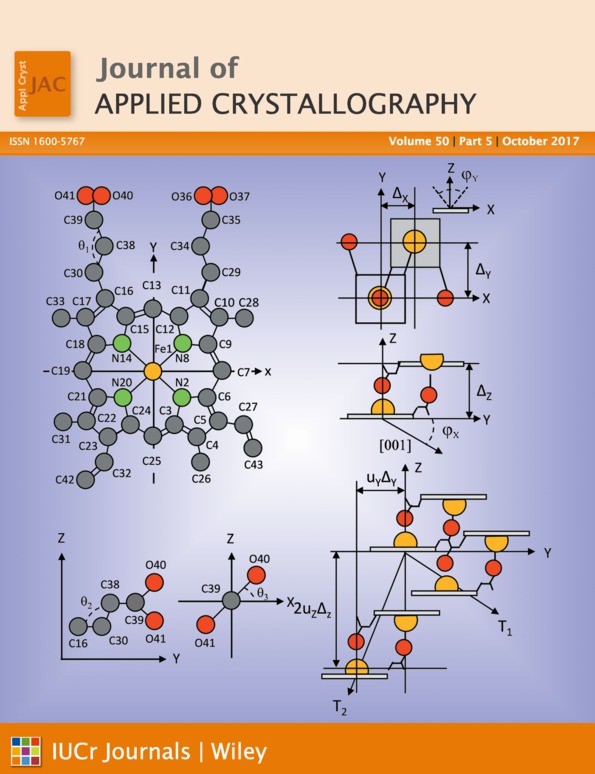Determination of active layer morphology in all-polymer photovoltaic cells
Abstract
This study investigates the structure of films spin-coated from blends of the semiconducting polymers poly(3-hexylthiophene-2,5-diyl) (P3HT) and poly{2,6-[4,4-bis-(2-ethylhexyl)-4H-cyclopenta[2,1-b;3,4-b′]dithiophene]-alt-4,7(2,1,3-benzothiadiazole)} (PCPDTBT). Such blends are of potential use in all-polymer solar cells in which both the acceptor and the donor material generate excitons to contribute to the photocurrent. Prompted by threefold performance gains seen in polymer/fullerene and polymer blend solar cells upon addition of pristine graphene, devices are prepared from P3HT/PCPDTBT blends both with and without graphene. This report focuses on the morphology of the active layer since this is of critical importance in determining performance. Small-angle neutron scattering (SANS) is utilized to study this polymer blend with deuterated P3HT to provide contrast and permit the investigation of buried structure in neat and graphene-doped films. SANS reveals the presence of P3HT crystallites dispersed in an amorphous blend matrix of P3HT and PCPDTBT. The crystallites are approximately disc shaped and do not show any evidence of higher-order structure or aggregation. While the structure of the films does not change with the addition of graphene, there is a perceptible effect on the electronic properties and energy conversion efficiency in solar cells made from such films. Determination of the active layer morphology yields crucial insight into structure–property relationships in organic photovoltaic devices.




